Almost every advance in science and technology brings new and unexpected problems in its wake. Thus the motorcar, Aeroplane, high-speed machine tools, compressors and the gas turbine–all beneficial in themselves–have contributed, along with countless other developments, to the background of noise which is fast becoming one of the distinguishing features of life today. With rapid increase in urbanisation and industrialisation, noise has been on the increase and it has invaded man’s most private and precious possession, his mental sanctuary. Noise has assumed alarming proportions and has become even more dangerous than water and air pollution. Noise pollution is a slow and insidious killer. It is a serious health hazard but still the noise level is rising higher and higher in the cities. Thus, noise is no less pollutant than the toxic chemicals in our environment. It is regrettable fact that nearly every machine, device or gadget devised for the convenience of man produces some degree of sound, which, being more often than not unwanted, must be classed as noise. Fortunately, noise can be controlled and methods for reducing noise levels are well known to acoustical engineers. Financial problems and special difficulties inevitably arise in practice, but, given the principles involved are clearly understood, noise reduction need not involve excessive expenditure. Excessive and wasteful expenditure is likely to be incurred in cases when hit-or-miss methods are employed and show little or no success in the final result. The successful treatment of any noise problem depends to a large extent on the way in which the problem is approached and on the care with which the plans are prepared. Controlling noise is an increasing challenge to the industrial world. This textbook on noise pollution and its control has been written to provide basic concepts of noise, its effects and control in industrial and non-industrial sources. Various engineering approaches such as use of silencers, mufflers, shields, barriers and improvement in the design of machinery and reduction of noise at source have been discussed in detail. The textbook also includes the various control measures of noise in industries such as paper, mining, food processing, metal, rubber and plastics etc. The instruments for analysis of noise are also discussed in depth. The present book emphasizes that general measures can also be adopted to control and prevent the occurrence of noise pollution. These measures include general awareness among the people by educating through newspapers, TV and co-ordination with planners and environmental authorities. The book will prove highly useful to all general readers concerned with environmental degradation. More importantly, it ideally serves the academic purpose of students and researchers of environment science.
Food Biotechnology
$173.70
$193.00

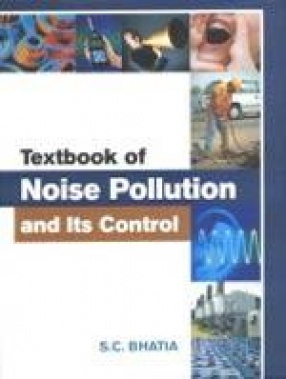
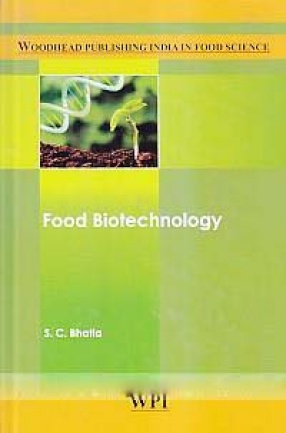
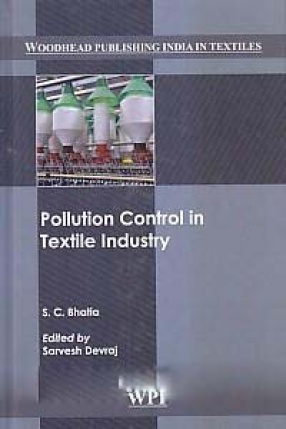

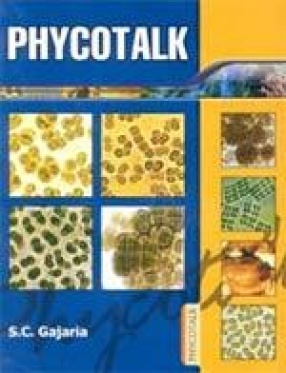
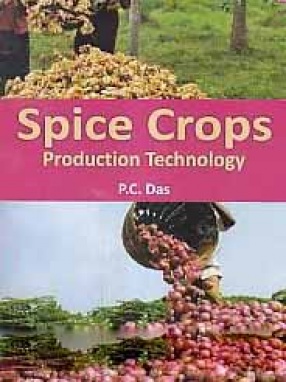

There are no reviews yet.